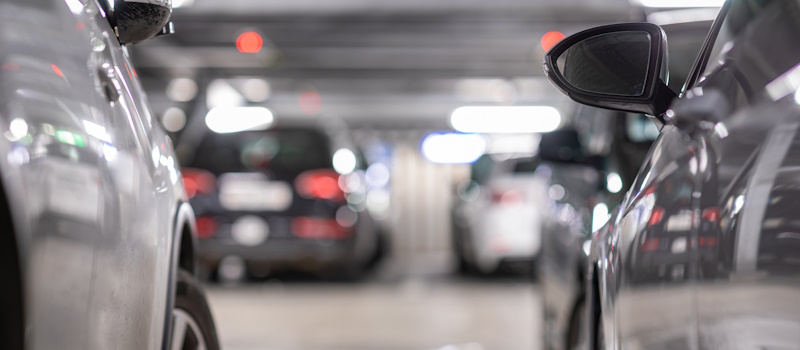How to Get Your Car Ready for a Tornado or Twister
How to Get Your Car Ready for a Tornado or Twister

How to Get Your Car Ready for a Tornado or Twister
Did you know? Over 1,200 tornadoes occur in the U.S. each year, according to the National Severe Storms Laboratory (NSSL). While tornadoes can occur year-round in certain areas, they are most common in May and June. Tornadoes have appeared in all 50 states but are most common in the Northern Plains, Midwest, and Gulf Coast. While tornado warnings are often issued due to concerning weather factors, tornadoes can hit quickly and unexpectedly.
Rather than get caught off guard, it's best to be proactive about prepping for stormy weather. While you might first consider preparing your house for severe storms and tornadoes, you should also take a good, hard look at your vehicles. Cars are often high-value items highly susceptible to wind damage.
This article will examine how to prepare your car for a looming tornado.
Keep Your Car in Good Working Order
Maintaining your car's optimal condition is vital before a significant storm strikes. To stay ready for emergency trips, regularly service your vehicle and keep brakes, tires, windshield lights, and fluid levels all up to standard. Get oil changes and tire rotations on time to prevent unexpected mechanical issues and help your car perform reliably in adverse weather conditions.
Don't wait until a storm hits to prepare your car for poor road conditions or emergency stops. A well-maintained car is less likely to break down, helping you navigate safely through challenging situations. Also, you can proactively protect your vehicle by checking to ensure your insurance covers incidents associated with storms, such as damage caused by flooding, trees, and high winds.
Prepare Your Car for Emergencies
As you face the stormy season, ensure your car is equipped with essential supplies. You might get caught by surprise on the road, so you should have your vehicle prepped for an emergency.
- Keep an emergency kit containing water, non-perishable snacks, a first aid kit, a poncho, blankets, and a flashlight.
- Be sure you have extra food and water for all passengers—including pets.
- Maintain a full gas tank to avoid unnecessary stops in bad weather.
- Keep copies of essential documents on hand, such as medication lists, emergency numbers, and insurance information.
- Collect tools for emergency situations, such as a fire extinguisher, duct tape, a snow brush, and a shovel.
You can even go beyond the essentials to prepare for unexpected issues on the road. Storing a portable solar phone charger, a portable radio, and road flares in your emergency kit ensures you can stay connected and visible if you have to get off the road quickly because of a tornado.
Protect Your Car When Not in Use
If you know bad weather is on the forecast, take precautions to shield your car from potential damage. Park in a garage if available since that will likely offer the most protection from flying projectiles whipped around by strong winds. A carport would be another option to provide some protection.
If you can't use a sheltered garage, cover your car with a waterproof tarp to minimize exposure to wind-blown debris and heavy rainfall. You might also consider parking on elevated ground to reduce flood risk. Consider taking pictures of your vehicle occasionally in case you ever need to file a claim with your insurance agent.
